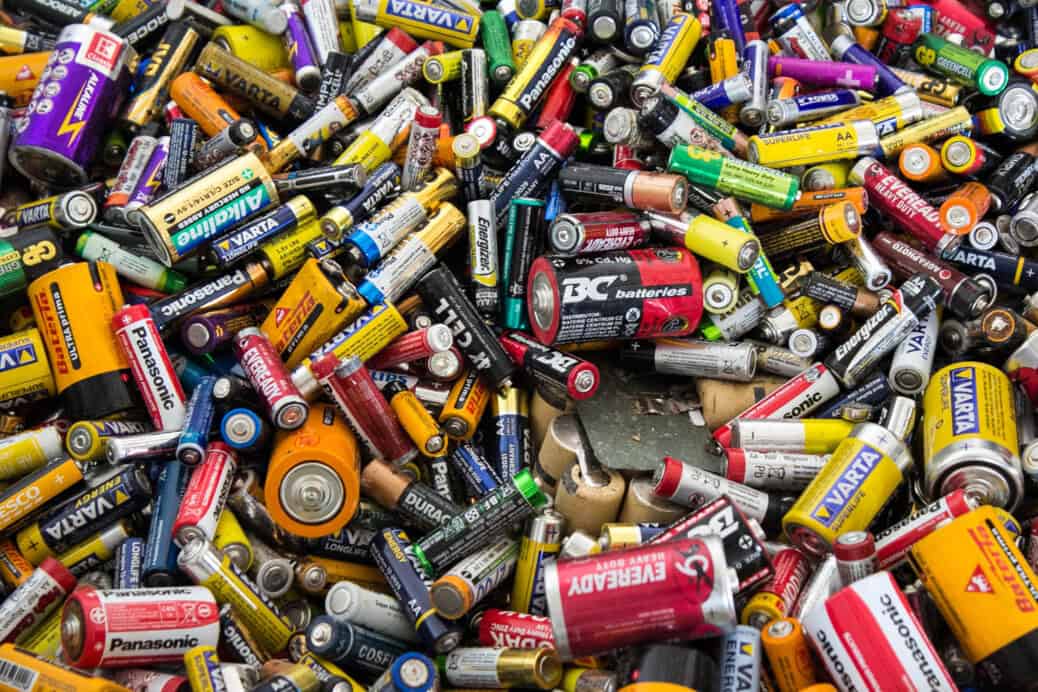TAIPEI, May 28 (Xinhua) -- High operating costs, significant emissions and increasing restrictions on road access -- the main problems facing heavy-duty diesel trucks in China are being addressed. The next-generation battery replacement ecosystem for heavy trucks, which aims to achieve 50 percent electricity penetration within three years, is poised to decarbonize trucking. Earlier this month, battery giant CATL unveiled its "Standardised Battery Model 75" and an all-scenario chassis battery replacement solution that promises the lowest life-cycle cost per tonne-kilometre and industry-leading safety.
According to Yang Jun, CEO of CATL Qiji Energy, the newly introduced model is a standardized battery developed specifically for medium and heavy-duty trucks. It is designed to solve practical problems associated with both conventional diesel trucks and conventional electric trucks. "The special design places the battery at the bottom of the truck, offering a natural advantage in space. This lowers the vehicle's centre of gravity and allows for a rearward facing cab configuration, further enhancing driver safety. Arranging the battery at the bottom of the truck also frees up an additional 5 to 7 % of cargo space," said Yang.
Data shows that for trucks adopting this battery replacement solution, operating at 100,000 kilometers per year could save users 0.62 yuan per kilometer compared to diesel vehicles, resulting in an additional annual income of more than 60,000 yuan (approximately US$8,350) per vehicle.
The system has already demonstrated cost and emission reductions in real-world applications.
In East China's Shandong Province, the battery exchange station operated by Shandong Weiqiao Pioneering Group, a bauxite transport company, has seen an annual battery exchange volume of over 18 million kilowatt hours. The savings in maintenance costs alone for the fleet of 200 heavy trucks in which the batteries are replaced amounted to 4 million yuan during the year. Shanxi province in northern China, a major heavy truck transportation hub, has issued China's first local standard specifically for battery swap stations on heavy truck chassis with new energy, which is scheduled to take effect on July 10.
In 2024, the heavy goods vehicle sector has made remarkable progress. Battery energy density has increased, vehicle range has improved and the market for electric heavy goods vehicles is expanding. According to official figures, total sales have reached 82,000 units, representing a year-on-year increase of 140 %, while the expansion rate has exceeded 10 %. Meanwhile, the number of heavy-duty trucks with battery swapping capability continues to grow rapidly. From January to March 2025, a total of 30,476 heavy-duty trucks with new energy were sold nationwide, with battery swap models accounting for 32.39 percent.
The growing share of new energy heavy-duty trucks plays a crucial role in advancing low-carbon development. In 2024, road transport accounted for 85 per cent of total transport sector carbon emissions - significantly more than the share of air, rail and water transport. Heavy trucks, while accounting for only 3 percent of the total fleet, were responsible for approximately 43 percent of carbon emissions from road transport, highlighting the critical importance of heavy truck electrification in achieving China's transport decarbonization and dual carbon goals.
In 2020, battery swap stations were included in the scope of new infrastructure development for the first time in the State Council's government work report. According to CATL, the company plans to build 300 battery exchange stations in 13 key regions across China by 2025. "By 2030, we plan to establish a nationwide network of 150,000 kilometers of eco-friendly battery exchange stations and create 16 cluster networks in major cities. This will make a significant contribution to reducing costs and emissions in China's heavy goods transport sector," Yang said.
Zhang Kaiwei, Liang Jun
en.people.cn/gnews.cz-jav



